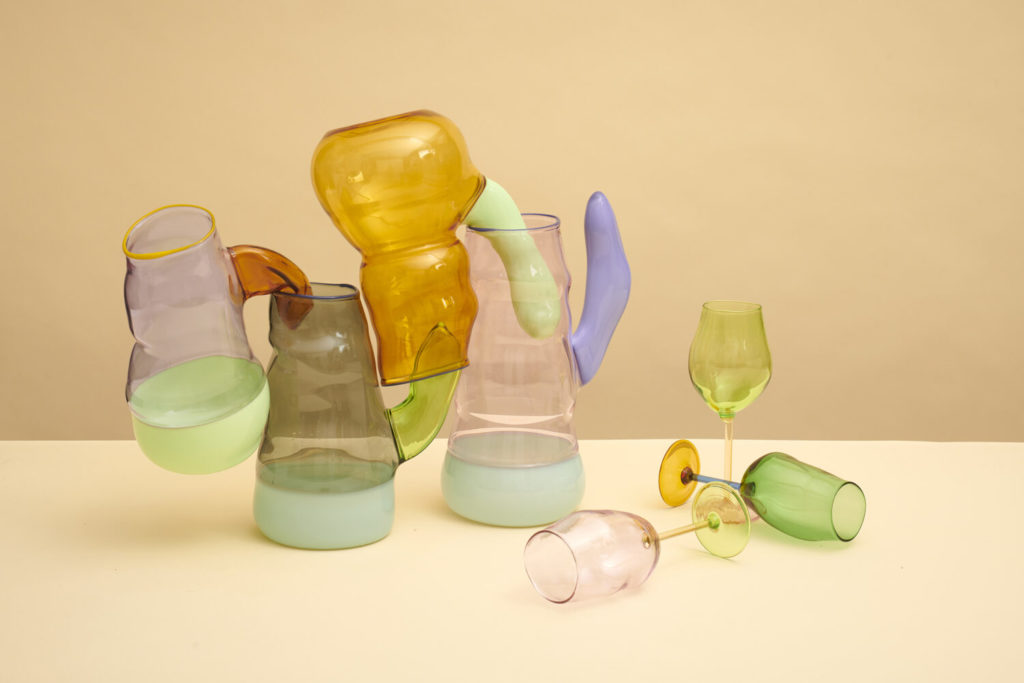Back to the origins of the world. In the latest fair trade (Paris, London, Miami), the creation is inspired by the first traces of life on earth to take us into a phantasmagorical world where the strange reigns. A « Twenty Thousand Leagues Under the Sea » or Stone Age aesthetic, which recalls the abyss by alternating between honeycombed caves and references to the Ice Age.
At a time when the question of coexistence between the earth and mankind is being raised, it is by starting from the first origins that a radical, even primitive aesthetic is born. Thus, organic forms inspired by strange multi-cellular organisms swarm. The rough and abrupt materials reflect an ancestral and Paleolithic landscape. The return of ceramics in all its forms gives the creations a brutalist aspect. Dive into this abyssal current in images!
-
PLACE TO BE
CAVERN
-
PRESCRIPTRICE
LUCY
-
HABITAT
TROGLODYTE
-
CREATURE
POLYFORM
The cave, the first refuge of men! Far from any Platonic allegory, troglodytes and their primitive aesthetics are everywhere. Already in 2018, Kim Haddou and Florent Dufourcq presented niches at the « Design Parade Toulon ». In Paris, in trendy restaurants such as Oursin and La Riviera or in Los Angeles in the Sonia Boyajian Jewellery boutique, these honeycomb and rocky decors proliferate, with rough-touch material effects.
Ceramic furniture, fireplace – library – bed – bench, are at the core of this trend. A pioneer in the genre, Valentine Schlegel has been sculpting fireplaces since the 1960s as landscapes bearing the immemorial memory of the cave. As if carved out of rock, her creations echo the house of César Manrique in Lanzarote. The organic lines of the furniture are continued in ceramic sculptures. Resolutely vegetal inspirations with forms of tubers, buds. Raw and natural.
The legacy of Valentine Schlegel and the ceramists of the 1960s now shapes the habitats. They take on the air of dens: true refuges with clean lines and subdued light. There, the space is built around the rocky reliefs and is punctuated by organic furniture, such as Raphael Navot’s Primordial Library for Roche-Bobois.
A new wave of young creators excel in the art of ceramics and the strange with unexpected forms. Among them, Eny Lee Parker and his tortuous tables, stools and lighting fixtures evoking the natural shapes of rock.
With an even more primitive instinct, some designers combine adaptability and durability to create a connection with the Earth. A rudimentary journey initiated by Jonas Edvard’s living, almost edible suspension made from mushroom fibres. Or Marjan Van Aubel & James Shaw’s chair, which is the result of a chemical reaction between bio-resin and wood waste shavings.





































